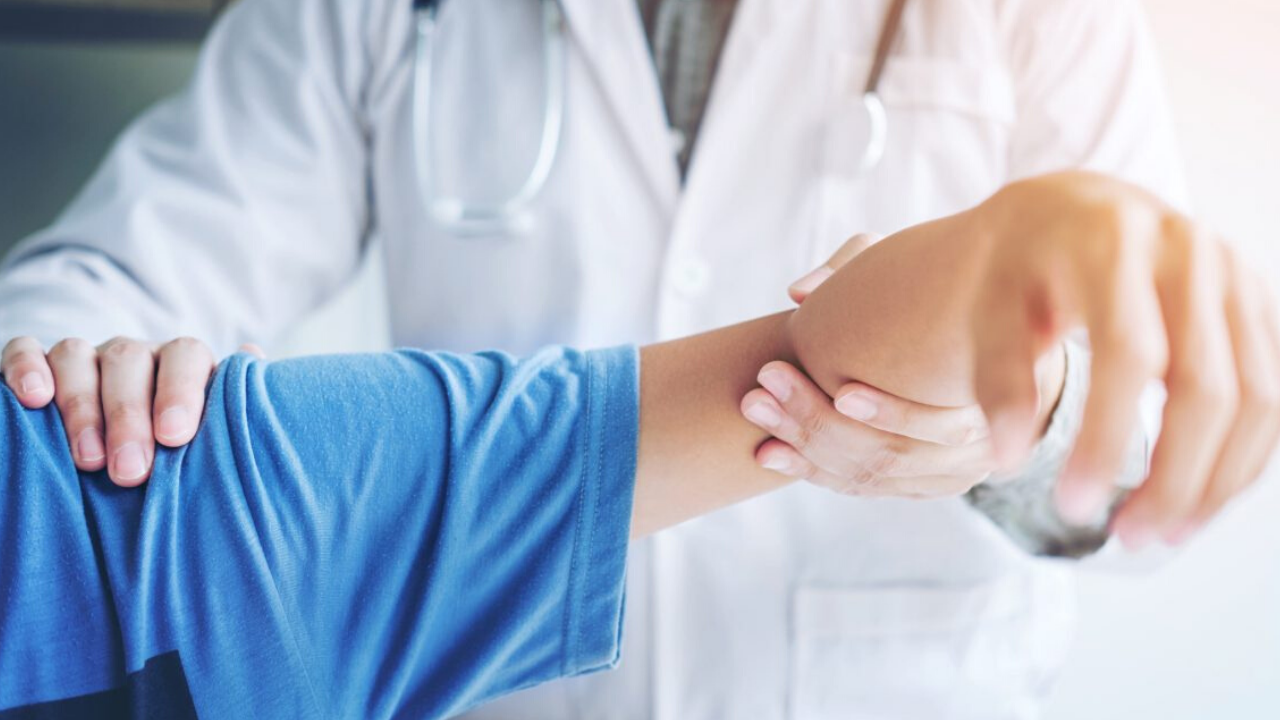December 4, 2019
2m 35s
Share:
In the last decade, competitive sports have taken on a whole new meaning, where intensity has increased together with the incidence of injuries to the athletes. Therefore, there is a strong need to develop better and faster treatments that allow the injured athlete to return to competition faster than with the normal course of rehabilitation, with a low risk of re-injury. Hyperbaric therapies are methods used to treat diseases or injuries using pressures higher than local atmospheric pressure inside a hyperbaric chamber. Within hyperbaric therapies, hyperbaric oxygen therapy (HBO) is the administration of pure oxygen (100%) at pressures greater than atmospheric pressure, i.e. more than 1 atmosphere absolute (ATA), for therapeutic reasons.
The application of HBO for the treatment of sports injuries has recently been suggested in the scientific literature as a modality of therapy either as a primary or an adjunct treatment. Although results have proven to be promising in terms of using HBO as a treatment modality in sports-related injuries, these studies have been limited due to the small sample size, lack of blinding and randomization problems. HBO seems to be promising in the recovery of injuries for high-performance athletes.
The healing of a sports injury has its natural recovery, and follows a fairly constant pattern irrespective of the underlying cause. Three phases have been identified in this process: the inflammatory phase, the proliferative phase and the remodelling phase. Oxygen has an important role in each of these phases.
In the inflammatory phase, the hypoxia-induced factor-1a, which promotes, for example, the glycolytic system, vascularization and angiogenesis, has been shown to be important. However, if the oxygen supply could be controlled without promoting blood flow, the blood vessel permeability could be controlled to reduce swelling and consequently sharp pain. In the proliferative phase, in musculoskeletal tissues (except cartilage), the oxygen supply to the injured area is gradually raised and is essential for the synthesis of extracellular matrix components such as fibronectin and proteoglycan. In the remodelling phase, tissue is slowly replaced over many hours using the oxygen supply provided by the blood vessel already built into the organization of the musculoskeletal system, with the exception of the cartilage.
If the damage is small, the tissue is recoverable with nearly perfect organization but, if the extent of the damage is large, a scar (consisting mainly of collagen) may replace tissue. Consequently, depending on the injury, this collagen will become deficiently hard or loose in the case of muscle or ligament repair, respectively. The application of HBO for the treatment of sports injuries has recently been suggested in the scientific literature as a therapy modality: a primary or an adjunct treatment.
Although results have proven to be promising in terms of using HBO as a treatment modality in sports-related injuries, these studies have been limited due to the small sample sizes, lack of blinding and randomization problems. Even fewer studies referring to the use of HBO in high level athletes can be found in the literature. Ishii and colleagues reported the use of HBO as a recovery method for muscular fatigue during the Nagano Winter Olympics.
In this experiment seven Olympic athletes received HBO treatment for 3040 minutes at 1.3 ATA with a maximum of six treatments per athlete and an average of two. It was found that all athletes benefited from the HBO treatment presenting faster recovery rates. These results are concordant with those obtained by Fischer and colleagues and Haapaniemi and colleagues that suggested that lactic acid and ammonia were removed faster with HBO treatment leading to shorter recovery periods. Also the experience in several situations, namely fractures and ligament injuries, have proved to benefit from faster recovery times when HBO treatments were applied to the athletes.
Source
Pedro Barata, Mariana Cervaens, Rita Resende, O ́scar Camacho and Frankim Marques (2011); Hyperbaric oxygen effects on sports injuries.
Share:
Related
View cookie policy.


